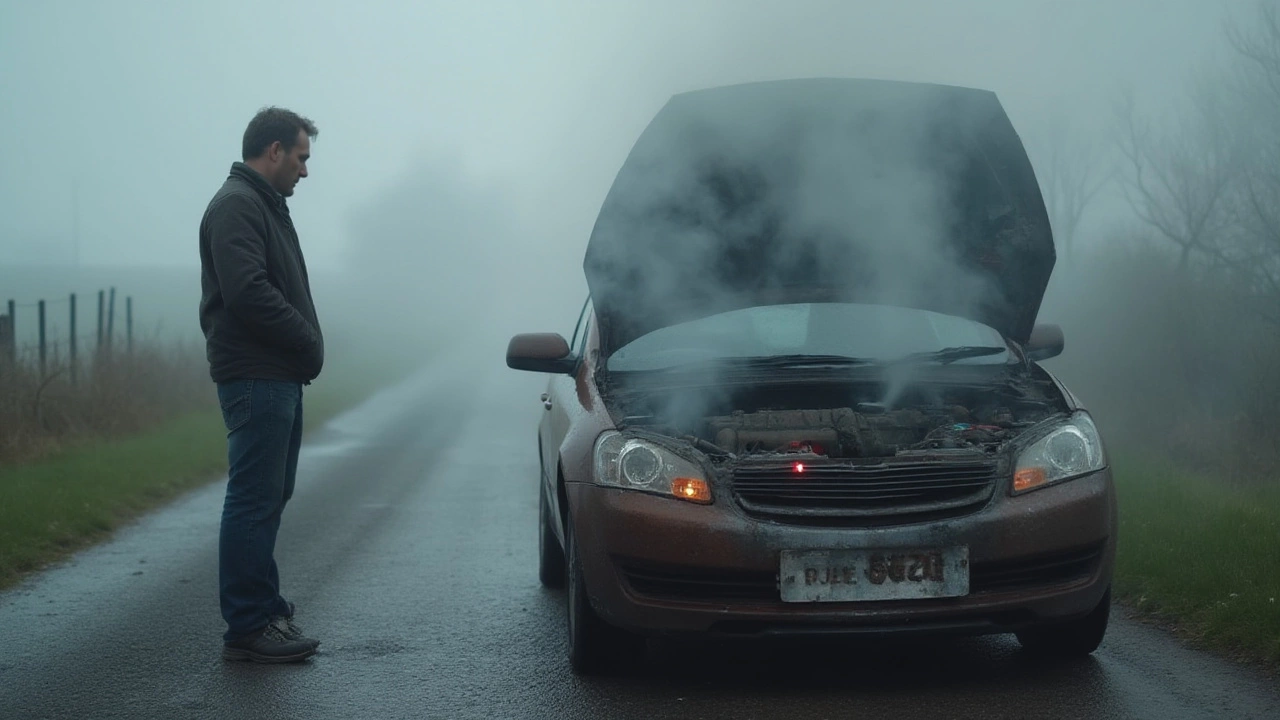
Can You Drive With a Bad Radiator? Warning Signs, Risks & Smart Tips
Driving with a bad radiator is a risky move. Learn how a broken radiator affects your car, spot warning signs, understand the danger, and get useful tips to avoid engine disaster.
When you drive with a bad radiator, you’re not just risking a breakdown—you’re gambling with your engine. A radiator isn’t just a metal box under the hood; it’s the lifeline that keeps your engine from cooking itself. radiator, a critical cooling system component that circulates coolant to regulate engine temperature. Without it working right, heat builds up fast, and engines don’t handle heat well. Many people ignore early signs because the car still runs, but that’s like ignoring a warning light on your plane’s dashboard—you might land fine, but you’re asking for trouble.
engine overheating, a dangerous condition caused by failed heat dissipation, often due to radiator leaks or blockages is the most obvious red flag. You’ll see the temperature gauge spike, steam coming from under the hood, or a sweet, burnt smell. But there are quieter signs too: reduced power, strange noises from the front of the car, or coolant puddles under your parked vehicle. radiator failure, the point where the radiator can no longer cool the engine effectively, often leading to catastrophic damage doesn’t happen overnight. It starts with a small leak, a clogged hose, or a worn thermostat. If you’ve driven more than 60,000 miles and never flushed the coolant, you’re already behind.
And here’s the scary part: a bad radiator doesn’t just hurt the engine—it can wreck your transmission, warp the cylinder head, or even cause a fire. engine damage, permanent harm to internal engine parts caused by excessive heat, often from cooling system failure isn’t cheap to fix. Replacing a head gasket or a warped block can cost more than your car’s worth. That’s why checking your radiator isn’t a "nice to do"—it’s a must. Look for rust, bulges, or cracks. Feel the upper radiator hose; if it’s rock hard when the engine’s warm, pressure’s building where it shouldn’t. And if your coolant looks dirty or has oil floating in it, stop driving. Right now.
You’ll find real-world stories below from drivers who ignored these signs—and those who caught them early. Some saved thousands by swapping a $150 radiator before the engine blew. Others learned the hard way. These aren’t theory posts. These are lessons from people who’ve been there. Whether you’re checking your own car or shopping for parts at auction, knowing what to look for makes all the difference. Let’s get you the facts you need to stay safe and save money.

Driving with a bad radiator is a risky move. Learn how a broken radiator affects your car, spot warning signs, understand the danger, and get useful tips to avoid engine disaster.